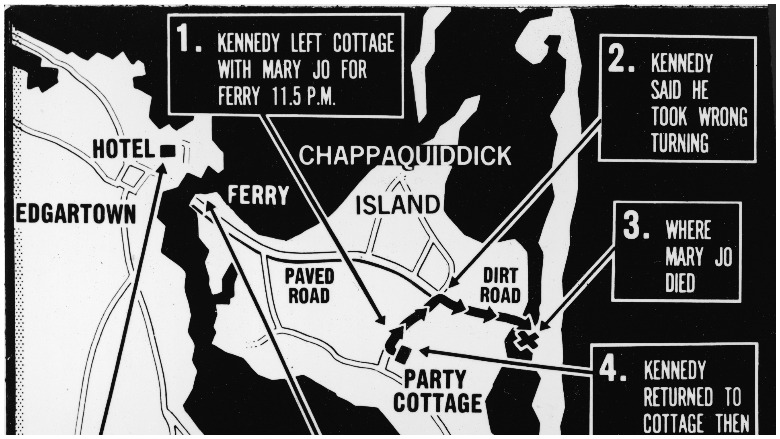
The movie Chappaquiddick showcases the tragedy in which 28-year-old political aide Mary Jo Kopechne is doomed to die a possibly slow death in a watery grave after a car driven by Senator Ted Kennedy plunges off a bridge.
Aided by Kennedy’s delay in reporting the crash – which may have prevented Mary Jo from being saved – the Kennedy family’s political machine churned into motion, driven by an affirm but still in control patriarch, Joe Kennedy, who growled “alibi” when his son called him with the news. The goal: Control the narrative and protect the future of Ted. That’s the story line in the movie anyway.
The death of Kopechne derailed the last Kennedy brother’s presidential aspirations, although it didn’t end his lengthy Senate career.
However, what’s the true story behind the movie, Chappaquiddick? What really happened? Although there remain questions to this day about what happened that night, the movie sticks pretty close to the true story. In some instances, though, it presents dialogue that no one heard and adopts what are merely theories. Here’s a breakdown:
Loyal Cousin Joe Gargan
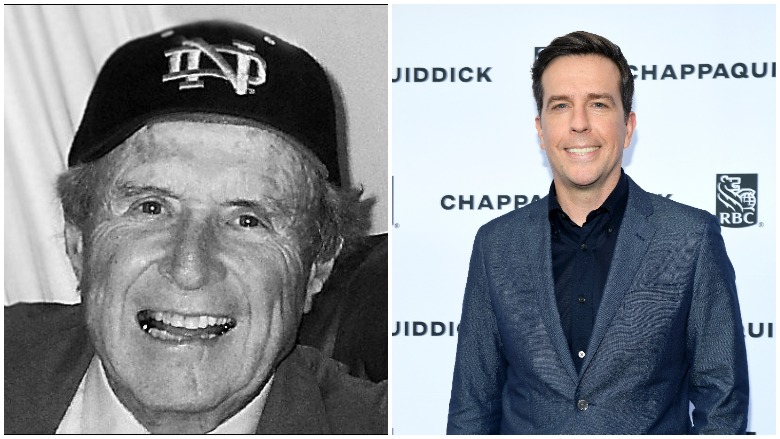
Legacy.com/GettyJoe Gargan and Ed Helms, the actor who plays him in the movie, Chappaquiddick.
It’s true that a Kennedy cousin, Joe Gargan, organized the party on Chappaquiddick Island that night, with Kennedy friends and the so-called “boiler room girls,” and it’s true that he was very close to the Kennedy family. Gargan, in real life, was the son of Agnes, the younger sister of Rose Fitzgerald Kennedy, the steely Kennedy matriarch who doesn’t make an appearance in the movie.
Gargan died in December 2017. A lawyer who helped run the presidential campaigns of both JFK and RFK, as well as Teddy’s early Senate campaigns, Joe Gargan spent his years after Chappaquiddick in relative privacy, practicing law, exercising his Catholic faith, and helping alcoholics.
He did turn on Ted Kennedy to some degree in a 1988 interview in which he blamed Kennedy for trying to get him to concoct a story about what really happened to Mary Jo that night, although he said he refused to do so. It’s true that Gargan and another man, former U.S. Attorney Paul Markham, were the first to the scene and claimed they tried to help rescue Kopechne from the submerged car to no avail.
According to The Boston Globe, a 1988 interview Gargan gave cast light on the machinations that occurred after the car plunged into the waters and did not cast Ted Kennedy in a favorable light. Gargan “claimed that Kennedy wanted to create a scenario in which Gargan would ‘discover’ the accident and inform the police that Kopechne had left the party alone and driven off the bridge. Gargan heatedly rejected the plan,” the Globe reported.
You can read more about him here:
Delay in Reporting the Crash & How Quickly Mary Jo Died
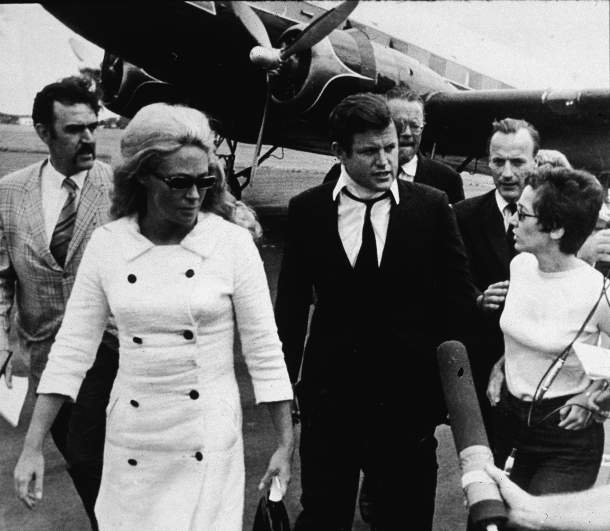
GettyReporters question American Senator Edward Kennedy (center, with neck brace) and his wife Joan Kennedy (left, in white coat and dark glasses) as they walk across the tarmac after returning from the funeral of Mary Jo Kopechne, Hyannis, Massachusetts, July 22, 1969.
It’s true that Ted Kennedy waited inexcusably long to report the crash. According to The Smithsonian, Kennedy took 10 hours to report the incident in real life and questions about what really happened remained foggy to the end of his days.
The Smithsonian notes that lingering questions include the reason Teddy Kennedy and Kopechne were alone in the car in the first place (although any supposed romance between them was never proven) and whether Kennedy was driving drunk that fatal night (this was impossible to know because he waited so long to report the crash). The Smithsonian notes that the film’s script was based on “the nearly 1000-page inquest released by the Massachusetts Supreme Judicial Court in 1970,” so it sticks pretty close to the facts – at least those that are known.
Dialogue between Mary Jo and Ted in the movie derives from the filmmaker’s imagination, however, as no one knows what the pair said to each other in those last moments. The other unknown remains how quickly Mary Jo died. The film shows her struggling to breathe as Ted Kennedy callously tries to sleep back at a hotel, but the Boston Globe notes that this version of events, while possible, is unproven.
According to the Globe, in real life, an autopsy was not conducted on Kopechne so it’s not clear if she drowned or suffocated inside the car. While both are awful ways to go, the latter is certainly more agonizing and long. The Globe notes that the diver who pulled Mary Jo’s body from the submerged vehicle believed she “suffocated after surviving for an hour or more in a pocket of air, based on the position of her body.” That means there is evidence for the version of events that the film tells, but it’s still just one theory.
It’s a plausible one, though. When the diver reached Kopechne, according to History.com, “Her face was pressed into the footwell, and her hands gripped the back of the front seat, as if she had been trying to push her head into a pocket of air.” However, some authors have argued that, in part because of the cold water, she could not have survived long. The site notes that an inquest into Mary Jo’s death “concluded that as there was no evidence any air remained in the submerged car,” though, but did not allow testimony about how long she survived, calling it conjecture.
Joe Kennedy’s Role
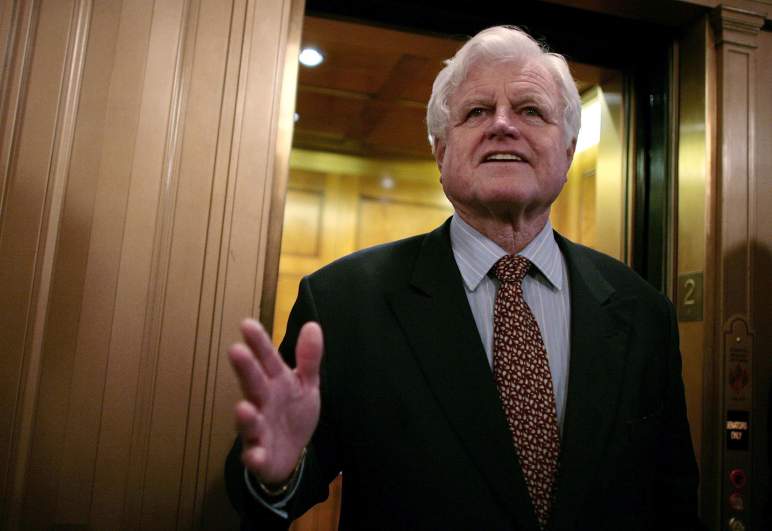
GettyTed Kennedy in later years.
It’s believed that the movie took some liberties with its depiction of the legendary family patriarch, Joe Kennedy, and his snarling disapproval of his surviving son in the wake of Chappaquiddick.
According to The Boston Globe, Joe Kennedy’s nurse alleged the stroke-afflicted father actually “took Ted’s hand and held it to his chest when he learned of the accident.”
Mary Jo’s Parents
Mary Jo’s parents are depicted in the movie as Kennedy stalwarts who raised no questions about Ted Kennedy’s behavior surrounding their daughter’s death. The truth was more complicated.
Gwen Kopechne, the mother of Mary Jo, was critical of Kennedy friends Joe Gargan and Paul Markham, according to The Smithsonian. “Gargan and Markham not only failed to get immediate help, but also let the senator swim back alone to report the accident from Edgartown,” she said, according to The Smithsonian. “This is the big hurt, the nightmare we have to live with for the rest of our lives: that Mary Jo was left in the water for nine hours. She didn’t belong there.”
“They trusted him,” Mary Jo’s aunt, Georgetta Potoski, told People Magazine, of Mary Jo’s parents and Ted Kennedy. “They loved the Kennedys. Everyone did. But later on, they started to question what happened.”
Kennedy’s story in the wake of the tragedy was riddled with inconsistencies, such as insisting Mary Jo wanted to go back to her hotel when she had actually left her purse behind, according to Politico. They may have actually been driving to the beach, although that’s not proven, either.
Kopechne & RFK
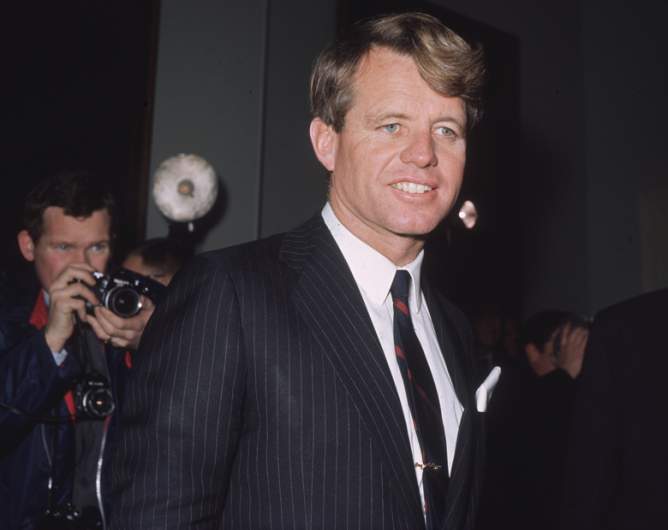
(Getty)
Although Kopechne is presented as a bit of a lower-level “Boiler Room Girl” or mere secretary for the slain Robert F. Kennedy, she was more than that in real life. “She was a 28-year-old seasoned idealist in a time when everything seemed possible. She invested her time and talent in the man who likely would’ve been the 37th president of the United States, Robert Francis Kennedy,” according to USA Today.
Mary Jo helped write RFK’s speeches, according to History.com. One of the other Boiler Room Girls present that night felt the film took liberty with the facts. Literary agent Esther Newberg told People Magazine: “It was frustrating to read the screenplay and see one thing made up after another, and in no way can they attest to any of it because they weren’t there and they didn’t speak to anybody who was.”
Ted Kennedy’s Punishment
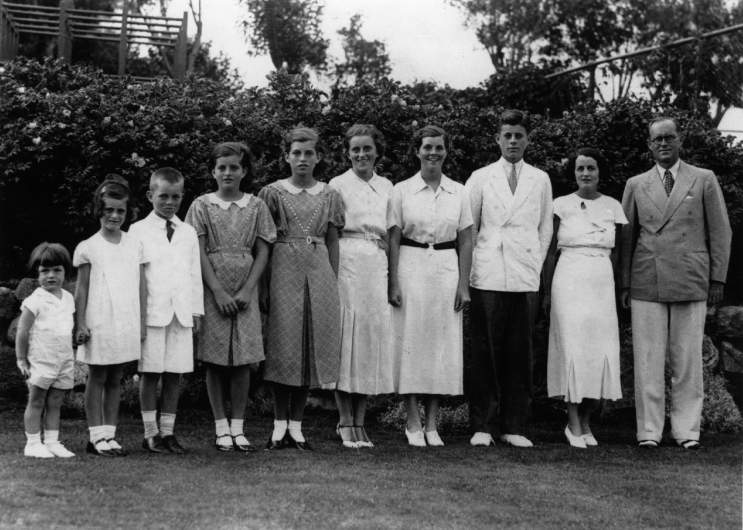
Getty1937: American multi-millionaire Joseph Patrick Kennedy (right), the newly-appointed ambassador to London, with his wife Rose Kennedy (second from right) and eight of their nine children, in London. From left: Edward, Jeanne, Robert, Patricia (1924 – 2006), Eunice, Kathleen, Rosemary and John F Kennedy who later became the 35th President of the United States. (Photo by Keystone/Getty Images)
According to History.com, Ted Kennedy “pleaded guilty to leaving the scene of an accident, received a two-month suspended sentence, and had his license suspended for a year.” He did give a televised address, as the movie indicates, in which he asked the public for help in deciding whether to remain in the U.S. Senate. Kennedy later called his own behavior “indefensible.”
History.com notes that, in real life, “a group of Kennedy confidantes and advisers, including ex-defense secretary Robert McNamara and JFK speechwriter Ted Sorensen” helped create the narrative that rescued the career of Ted Kennedy.
